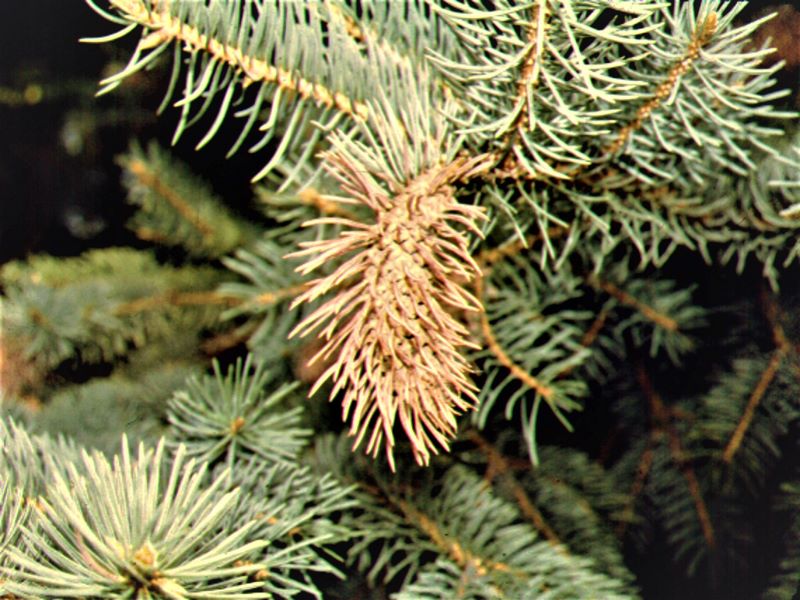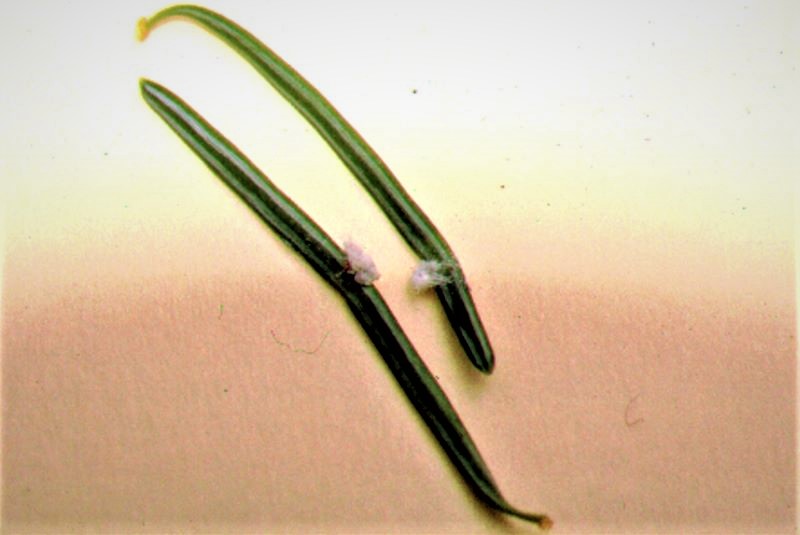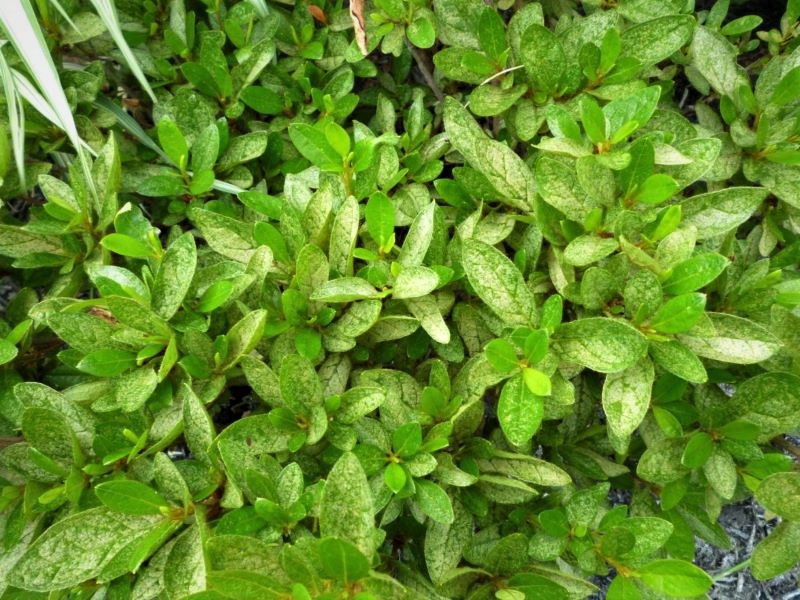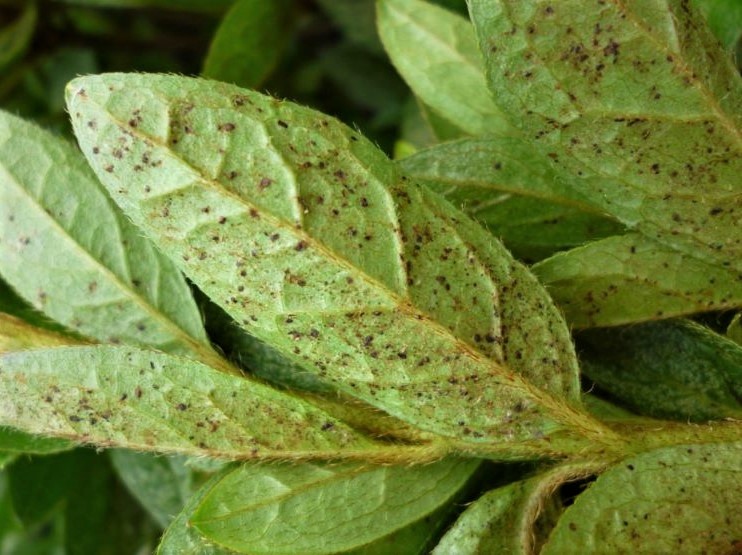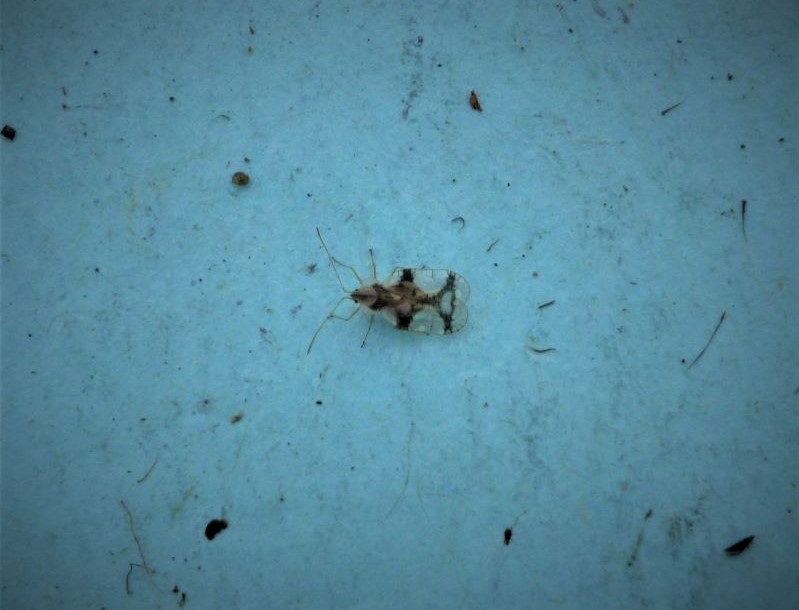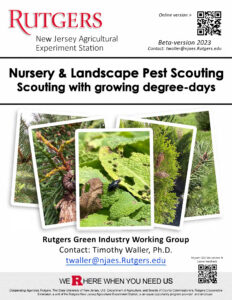All essential plant nutrients cycle through the ecosystem of soil, water, air, plant, microbe, and animal. Agronomic information about the composition and beneficial use of waste materials and how the nutrients can be recycled can help growers reduce the need to purchase soil fertility inputs. Many different types of non-commercial nutrient sources are available in New Jersey. Examples include horse manure with bedding, shade tree leaves, lawn clippings, wood chips, food waste, coffee grounds, eggshells, wood ash and more.
With 43,000 horses in New Jersey, there is an abundance of horse manure produced. One horse can produce about 65 pounds of manure plus bedding per day. The quantity of horse manure is substantial on a statewide basis. Unfortunately, sometimes horse manure goes to landfills when it should be used to build and sustain soil fertility.
The Soil Profile Newsletter 2023 issue posted at Rutgers NJAES explains how to build and maintain soil fertility harnessing the nutrient supplying ability of horse manure and many other types of non-commercial materials. The chemical composition and soil fertility value of each material is presented for beneficial use. Available on the web at Rutgers NJAES ‘The Soil Profile’: https://njaes.rutgers.edu/soil-profile/pdfs/sp-v28.pdf
